6 Best QA tools for manual testing in 2025
Software quality assurance and testing professionals must remain informed about the latest QA tools and practices. With so many options available, selecting the right tool for manual testing can be a difficult task. To simplify the decision-making process, here is a list of some of the best QA tools for manual testing to consider in 2025. Let's begin!
We can help you drive global growth, better accessibility and better product quality at every level.
How do you choose the best manual testing tools?
Selecting the right tools can significantly enhance efficiency and accuracy in manual testing. Here are some key factors when selecting manual testing tools:
- Define your testing needs: Identify your project's requirements, such as compatibility, UI, or regression testing.
- Consider ease of use: To streamline testing processes and reduce learning curves, look for an intuitive, user-friendly UX/UI tool.
- Integration capabilities: Consider whether the tool integrates with other testing tools or project management systems within your organization.
- Assess reporting capabilities: Look for tools with simple reporting features to track and analyze test results effectively.
- Seek customization options: Prioritize tools that allow customization to adapt testing procedures according to your project's unique requirements.
- Scalability: Assess the tool's scalability to accommodate future growth and evolving testing requirements.
6 Best QA tools for manual testing in 2025
Here is the list of best manual testing tools to consider in 2025 by our editor's choice.
1. Global App Testing – “Grow your product globally through best-in-class functional and UX testing.”

While we acknowledge that we're putting ourselves first, we’d appreciate it if you would consider adding Global App Testing to your supplier shortlist if you're in the market for app development tools.
With a focus on crowdtesting, we provide a range of testing services at any stage of app development that helps developers pinpoint bugs and defects in their applications. Our vast community of over 90,000 testers worldwide allows us to conduct tests on real devices and software environments across 190+ countries and territories. Through our platform, you can easily dispatch test cases and exploratory tests to your target market segment and expect results within a swift 6-48 hour turnaround.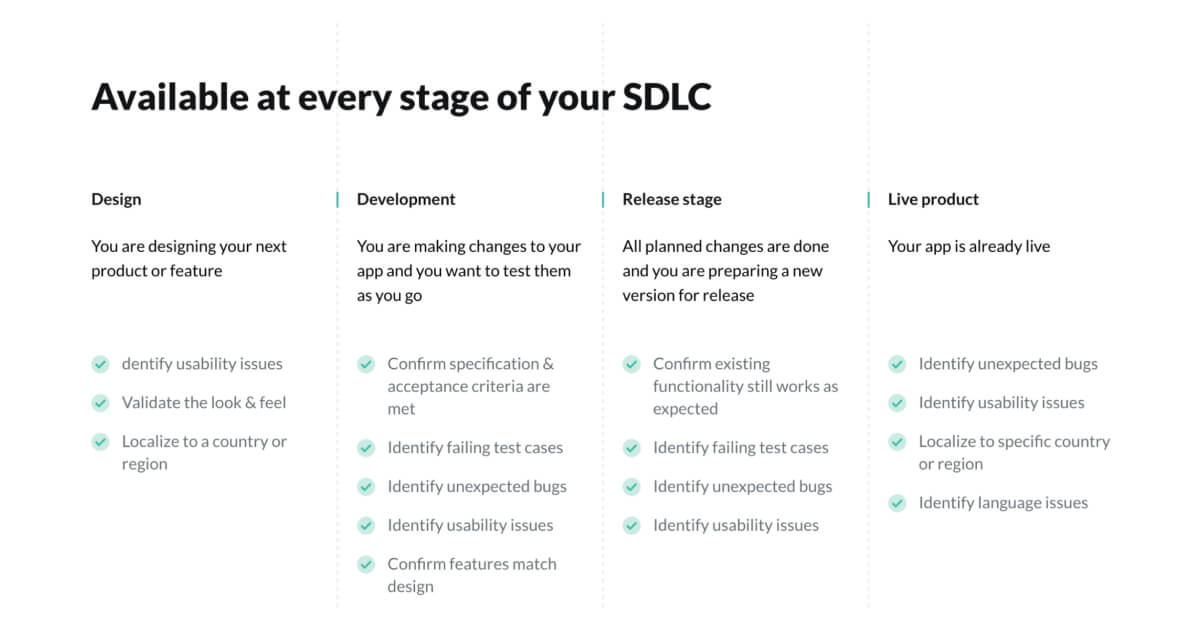
Key features
General features:
- Real-world testing: Conducts real-world testing on various devices and software environments.
- Targeted testing: Clients can dispatch test cases and exploratory tests according to their target market.
- Easy integration: The platform is designed for easy integration into clients' existing workflows and applications.
- Cross-platform testing: Our testing spans various platforms such as websites, web applications, and mobile applications (iOS and Android).
- Bug reproduction: We offer validation and detailed reports on existing bugs, streamlining the fixing process for developers.
- Global app testing platform: With an easy-to-use interface, our platform provides detailed bug reports, test case results, and qualitative insights into the testing process.
- Integrations: Easily integrate with your CI using our API, CLI, and Webhooks, and sync with popular project management tools like Jira, GitHub, TestRail, and more.
- Dedicated support: This service provides clients with a dedicated support team to assist with any questions or issues that arise during testing.
- Security measures: GAT implements a range of security measures to ensure compliance with GDPR and ISO27001 regulations, effectively addressing digital laws and standards.
- Comprehensive reporting: Clients receive reports detailing testing results, including graphical and video representations, to identify areas for improvement.
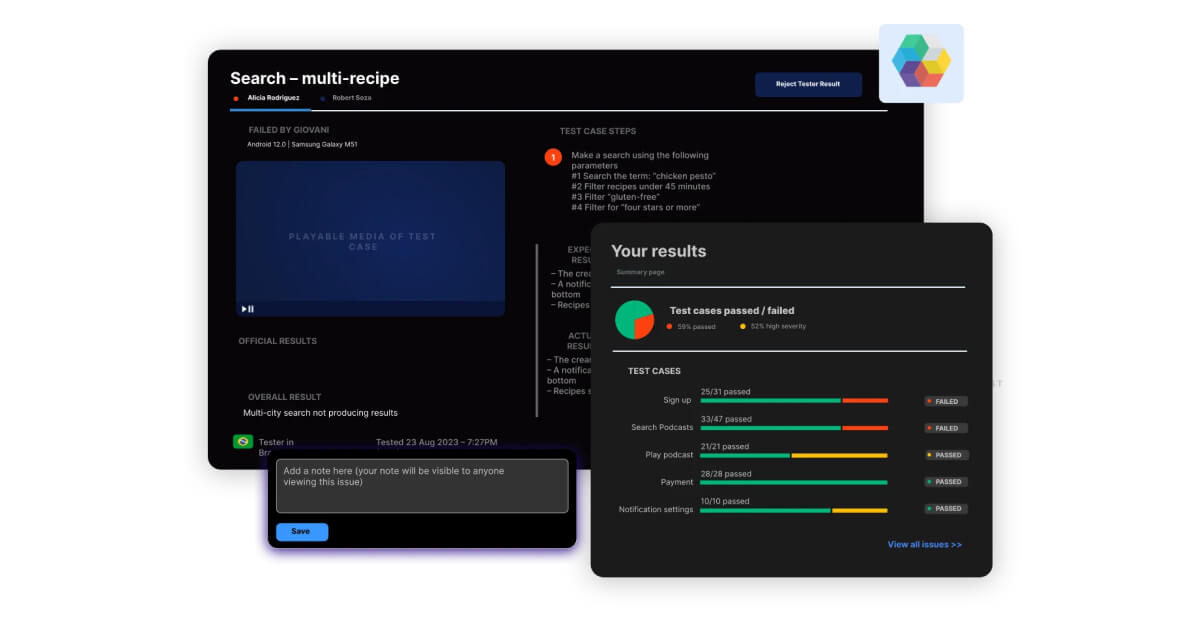
- Usability testing: Evaluates user experience across different devices and platforms to optimize interaction and satisfaction.
- Accessibility testing: Conducted by WCAG-trained testers, including individuals with impairments, to ensure inclusivity and compliance with accessibility standards.
- Functional testing: Utilizes crowdsourced testing methodologies to identify and resolve potential issues with significant functions.
- Regression testing: Ensures consistent performance across updates to maintain application integrity.
- Exploratory testing: Provides results with videos and logs to expedite issue resolution and enhance application reliability.
- Compatibility testing: Guarantees smooth performance across various devices, browsers, and platforms, ensuring a consistent user experience.
- Mobile app testing: Ensures compatibility and performance across various mobile platforms through real-device testing.
- Web app testing: Quality checks are conducted on web applications at any development stage, maintaining high performance and usability standards.
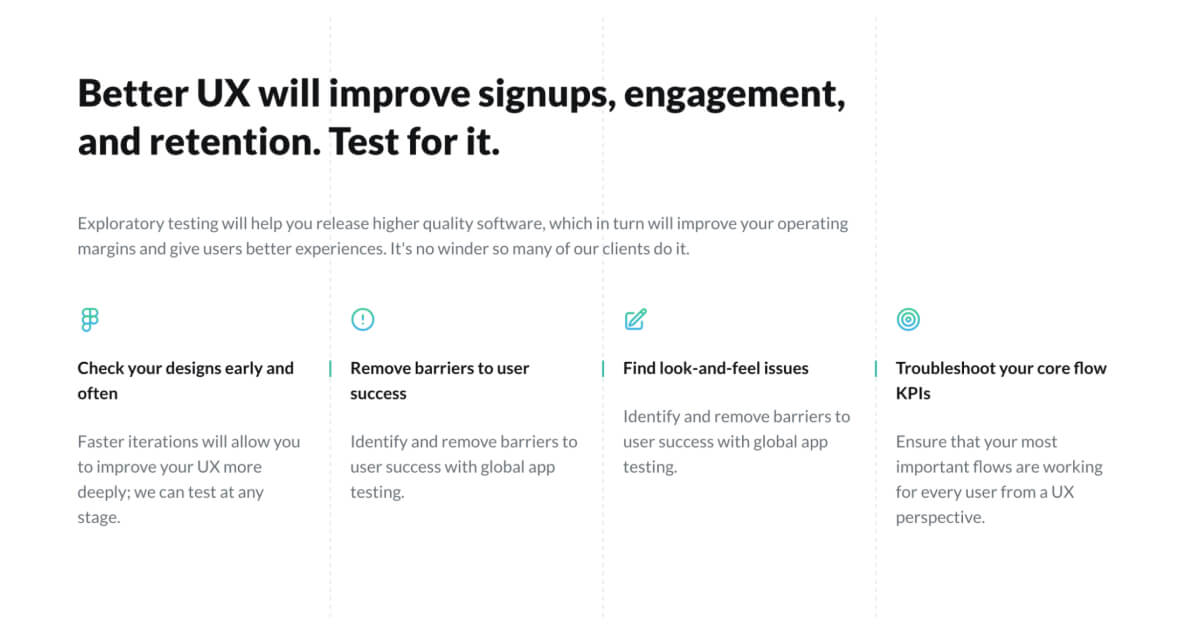
2. BrowserStack – “App & Browser Testing Made Easy”
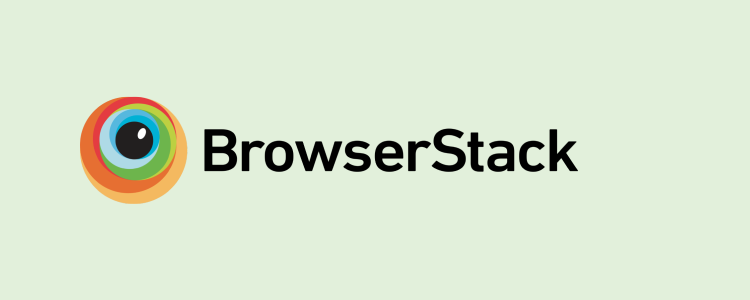
BrowserStack is a cloud-based platform that enables developers to test websites and mobile applications across various browsers and devices. BrowserStack helps developers ensure compatibility and functionality, speed up the testing process, and improve overall product quality by offering a wide range of real devices and different browsers.
Key features
Some of the key features highlighted on the BrowserStack website are:
- Web testing: Allows users to run manual, visual, and automated tests on their web applications.
- App testing: Supports native mobile application testing on Android and iOS devices.
- Live testing: Allows for real-time, interactive testing of web and mobile applications across different devices and browsers.
- Automate testing: Offers automated testing capabilities, integrating with Appium, Espresso, XCUITest, and others.
- Percy: Integration with visual AI engine Percy provides enhanced visual testing capabilities, highlighting UI issues and changes between releases.
- Accessibility testing: Allowing users to ensure their web and mobile applications can be used by everyone, regardless of their abilities.
- Test management: This service offers various test management capabilities, including a centralized dashboard for tracking test results across multiple projects.
- Test observability: Provides real-time visibility into test results, allowing users to identify and address issues quickly.
3. Digivante – “Elevate your customer experience & drive growth”
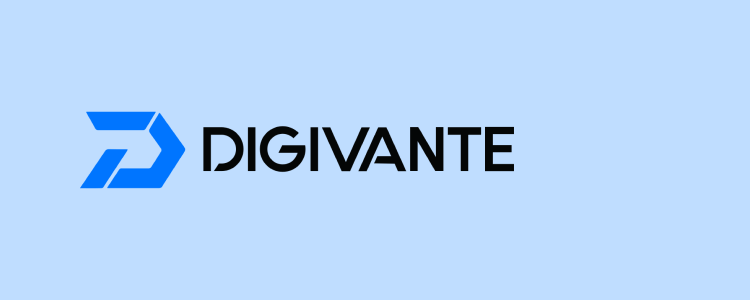
Digivante is a provider of crowdtesting services, offering various testing solutions to ensure the quality and performance of digital products. With a global community of experienced testers, Digivante helps businesses identify and resolve issues, optimize user experience, and accelerate time-to-market.
Key features
Some of the key features highlighted on the Digivante website are:
- Crowdtesting: Utilizes a global community of experienced testers to conduct testing across various devices, browsers, and platforms.
- Regression testing: Verifies that recent code changes haven't adversely affected existing functionalities, ensuring software stability.
- Payment testing: Validates the payment process functionality, security, and reliability to ensure user transactions.
- Localization testing: Checks if the digital product is culturally suitable and adapted to the target locale, including language, currency, and cultural preferences.
- Usability testing: Evaluates the ease of use and overall user experience of digital products to optimize usability.
- Cross-browser testing: Verifies that digital products perform consistently across different browsers and platforms to ensure a seamless user experience across all devices.
4. Ubertesters – “Flexible, fast and cost-effective way to scale QA and payment testing just when needed”

Ubertesters is a collaborative testing platform that fosters global team collaboration. Offering efficient bug tracking, in-app communication, and remote testing management tools, Ubertesters ensures high-quality software development processes.
Key features
Some of the key features highlighted on the Ubertesters website are:
- Global crowdsourcing: Utilizes a diverse international network of testers from 120+ countries for comprehensive testing coverage across various devices and environments.
- Test case writing and test plan creation: Supports the creation of detailed test cases and plans for thorough test coverage.
- Functional testing: Ensures all features and functionalities of digital products work seamlessly.
- Usability testing: Assesses user-friendliness and intuitiveness to enhance user experiences.
- Exploratory testing: Conducts quick, ad hoc testing by experienced testers to identify potential issues.
- Payment testing: Validates payment processes and transactions within digital platforms.
- UX testing: Evaluate the user experience to enhance usability and satisfaction.
- Various devices and platforms: Performs app testing on mobile, IoT devices, desktop, website, and livestream.
- Bug-hunting program: Encourages testers to find and report bugs, enhancing product quality and reliability.
5. TestLodge – “A better way to manage tests“
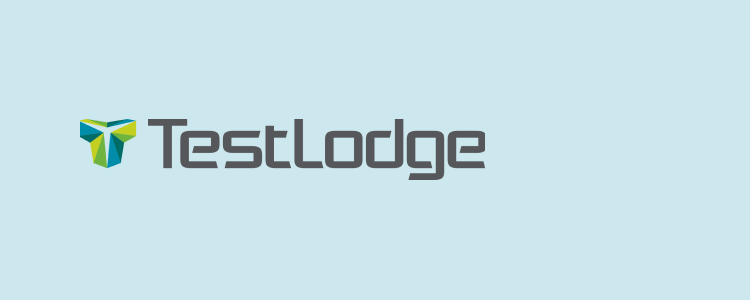
TestLodge is a web-based test case management tool that simplifies and manages manual software testing efforts. Through its intuitive interface and features, such as test plans and suites, TestLodge enables teams to organize, execute, and track manual test cases and results efficiently.
Key features
Some of the key features highlighted on the TestLodge website are:
- Test plans: Create and manage test plans to organize manual test cases into related groups
- Test run execution: Quickly execute test cases and track real-time progress.
- Test case management: Easily create, edit, and manage individual test cases.
- Requirements management: To ensure coverage, map individual test cases to specific requirements or user stories.
- Custom fields: Add custom fields to test cases to capture specific information as needed.
- Integrations: Integrate with popular tools like JIRA, Asana, Trello, and others.
- Collaboration features: Invite team members, assign roles, and collaborate on testing efforts.
- Dashboard & reports: View real-time progress and generate reports on testing metrics such as pass/fail rates, test case coverage, and more.
6. Qualitest – “Enabling digital transformation. Touching lives.“

Qualitest is a quality assurance and software testing company that provides testing services for various industries and applications. Focusing on manual and automated testing methodologies, Qualitest ensures thorough quality assurance practices and delivers reliable, high-quality software solutions.
Key features
Some of the key features highlighted on the Qualitest website are:
- Manual and automated testing: Utilizes both manual and automated testing methodologies.
- Industry-specific expertise: We specialize in testing solutions for specific industries, such as healthcare, finance, retail, and more.
- Global testing network: Leverages a global network of experienced testers to conduct testing across various regions and time zones.
- Detailed reporting and analysis: Provide reports and analysis to identify issues, trends, and areas for improvement in the software testing process.
- Load testing and app performance: Evaluate application performance under varying loads and stress levels to ensure scalability and reliability.
- Cybersecurity testing: Identifies and mitigates security vulnerabilities and threats to protect sensitive data and ensure compliance with cybersecurity standards.
- ETL testing: Validates the Extract, Transform, Load (ETL) process to ensure accurate data extraction, transformation, and loading.
- CX Testing: Assesses the overall customer experience to optimize user satisfaction and retention.
- IV&V and regulatory assurance: This company provides independent verification and Validation (IV&V) services and regulatory compliance testing to meet industry standards and regulations.
- Accessibility testing: Ensures digital products are accessible to users with disabilities, complying with accessibility standards and regulations.
Why is Global App Testing a good choice for manual testing?
Manual testing is critical for software quality assurance, ensuring that software applications meet the highest standards of functionality and performance. Choosing the best QA tool for manual testing depends on various factors, including ease of use, budget, and the project's specific needs.
With Global App Testing, you can access a comprehensive range of manual testing services that cater to your project requirements, goals, and timeline. Our expert testers have diverse backgrounds in manual testing and utilize the latest advanced testing methodologies.
At GAT, we provide:
- Comprehensive manual testing services for various industries that will identify and diagnose any issues.
- Tailored testing approaches that cater to your unique project and testing needs.
- Our global network of experienced testers provides real-world testing and insights.
- Collaborative communication channels to ensure effective communication between testers and developers.
Sign up now and schedule a call with our team today to explore how GAT can help you develop your app!
We can help you drive localization as a key initiative aligned to your business goals
FAQ
What is the difference between manual and automated testing?
Manual testing involves human testers executing test cases and scenarios manually. In contrast, automated testing utilizes scripts and tools to automate test execution.
Can manual testing tools integrate with other development and testing tools?
Yes, many manual testing tools offer integration capabilities with popular development and testing tools such as Jira, GitHub, and Slack, ensuring seamless collaboration and workflow integration.
What are some advantages of using manual testing alongside automated testing?
Manual testing allows for human intuition and creativity in exploring application functionalities, complementing automated testing's structured and repetitive nature.
Keep learning
The only functional testing checklist you need
AI testing - everything you need to know
How much does software testing cost in 2025?

